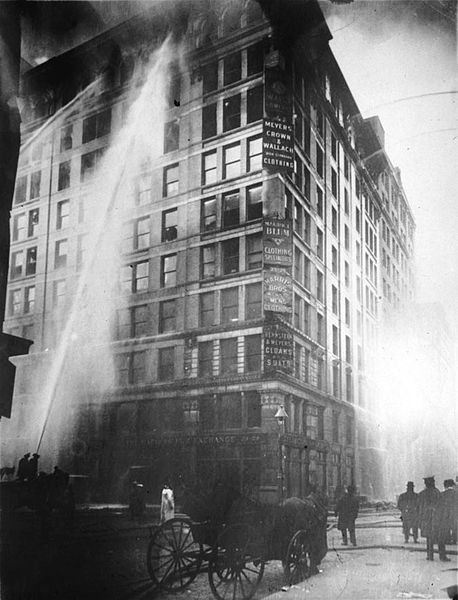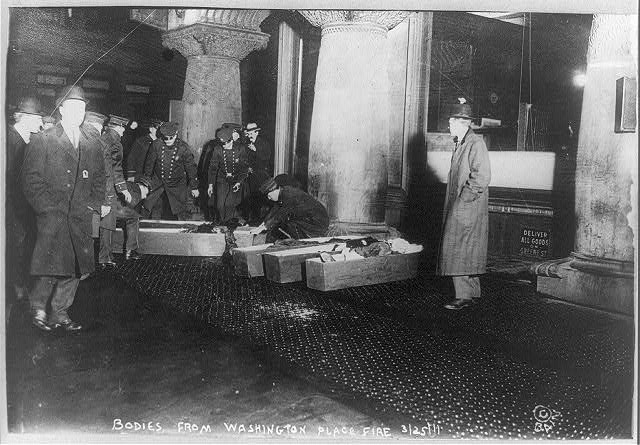
Figure 1 – Alice Roosevelt in shirtwaist, “The ideal Gibson Girl,” from the Wikicommons and the Library of Congress in the public domain.
In John Thompson‘s and Jacob Riis‘ photographs we see two important forces for social progress. The first is the developing social awareness of the injustice of the industrial age. The second is the ability of the then relatively new media of photography to spread that message – or as we say today to “take that message viral.”
In the Northeast (of the United States) poverty fueled the garment industry. If you have the opportunity I strongly recommend a visit to the National Historic Park in Lowell, Massachusetts. Immigrants poured into America in search of “the American Dream,” and were rapidly sucked up into the vacuum of the garment industry. Not surprisingly, this lead to a new radicalism, which drew on the socialist movements of Eastern Europe. In 1909 there were massive strikes in New York’s garment industry, demanding living wages and safe working conditions. The police were under the control of the Tammany Political machine, in turn under the thumb of management. Strikers were brutalized and imprisoned.
Sad, terrible, and yet pivotal events occurred on March 25, 2011 when the Triangle Shirtwaist Factory (or sweatshop) on Washington Square, now New York University’s Brown Building went up in flames. In less than a half an hour 146 people, mostly young girls aged 14 to 23, died of smoke inhalation, fire, or from jumping to death from window ledges or down the elevator shaft. The emergency exit had been blocked by management, so that the workers could steal scraps of material, and fire rescue ladders could not reach the eight floor were the fire took place.

Figure 2 – New York City firemen attempt to controll the Washington Place fire, March 25, 1911 from the LOC and the Wikicommons in the public domain.
Vivid photographs of the scene were taken, and these are now archived particularly at the Library of Congress and Cornell University’s School Of Industrial Labor Relations. Fueled by these striking, vivid images, which to our generation presage the “World Trade Center bombings,” people demanded action. The Tammany bosses saw the opportunity to turn response into votes and started investigations. Al Smith, who eventually ran for President in 1928 was a leader in these investigations. It was a pivotal moment in history, one that led to the emergence of the Democratic Party as the progressive pro-labor American political party.
In these tragic events the role of photography as the collective eye of society emerges. I think that we can tell this story with three images. At the turn of the twentieth century, the Edwardian Period in England, the height of women’s fashion, the shirtwaist, was in high demand. This was romanticized by artist Charles Dana Gibson and his “Gibson Girls.” Figure 1 is a photograph of Alice Roosevelt (Longworth)(1884-1980), believed by many to be the quintessential Gibson Girl. Figure 2 shows New York firemen desperately trying to extinguish the Triangle Shirtwaist Factory fire. Figure 3 shows bodies of the victims being placed in coffins for transport to a makeshift morgue. As in all such events, the true tragedy is to the lives of the victims and their families, whose lives are ended prematurely or shattered forever. Their American dream was over, really before it began.


Pingback: Alluding to the Ebola epidemic | Hati and Skoll Gallery